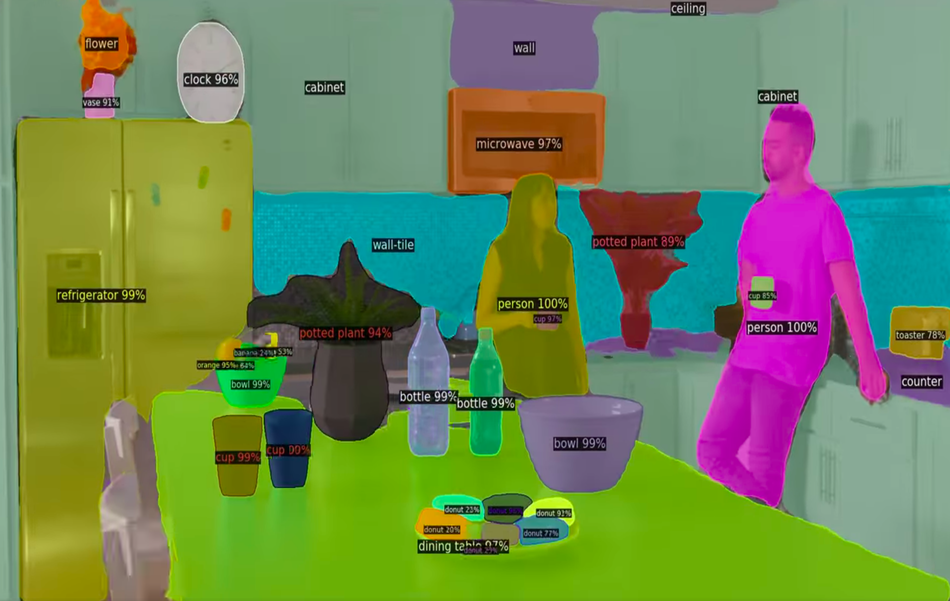Potential Applications of Detectron 2
- Modularity and Flexibility: Detectron2 is designed with a modular and flexible architecture that allows users to easily customize and extend various components of the detection pipeline. This makes it suitable for both research and production-level projects.
- State-of-the-Art Models: Detectron2 includes implementations of a wide range of state-of-the-art object detection and instance segmentation models. These models have been pre-trained on large datasets and can be fine-tuned on your specific data.
- Efficient Training and Inference: Detectron2 is optimized for training and inference efficiency, making it suitable for large-scale experiments and real-time applications. It supports multi-GPU and distributed training, as well as efficient data loading.
- Rich Set of Tools: The library provides tools for data preprocessing, visualization, evaluation, and debugging. It also offers pre-processing pipelines for common data formats, like COCO and Pascal VOC.
- Community Support: Detectron2 has gained popularity and has a growing community of researchers and practitioners. This means you can find tutorials, examples, and discussions online to help you get started and solve issues.
- Model Zoo: Detectron2 comes with a model zoo that provides pre-trained weights for various object detection and instance segmentation models. This allows you to easily start with a well-performing baseline model and fine-tune it on your specific dataset.
- Wide Range of Applications: Detectron2 is not limited to object detection and instance segmentation. It can be used for various computer vision tasks, including keypoint detection, panoptic segmentation, and more.

Detectron 2 is a powerful new tool with the potential to change the way we interact with computers. It is still under development, but it is already being used by researchers and developers to build new and innovative applications. In the years to come, Detectron 2 is likely to play an increasingly important role in our lives. Detectron2 is a popular library for object detection and image segmentation tasks. Below is a basic example of how you can use Detectron2 to perform object detection on an image.